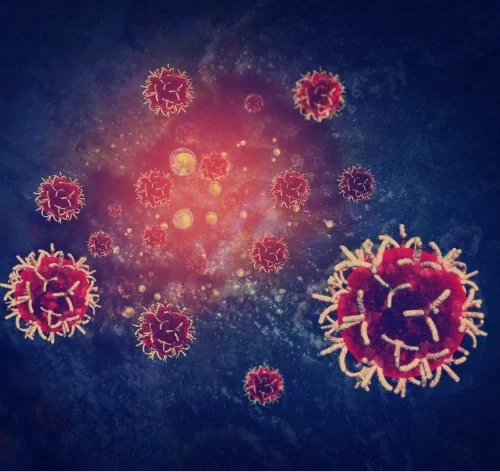Antineo: B cells Sarcoma Tumour model – A20
A20 cells
Mouse A20 cells were isolated from a spontaneous reticulum cell neoplasm found in an old Balb/cAnN mouse.
▪ Tumour growth in vivo
The cells were collected from a tissue culture flask and injected subcutaneously in the right flank of Balb/cAnN mice. The resulting tumours were monitored by measuring two diameters with calipers, and extrapolating the volume to a sphere.
The mice bearing A20 tumours can be treated by intra-peritoneal, intra-venous, intra-tumoral or subcutaneous injection of the compounds. Per os administration is also possible.
Figure 1: (view PDF)
Tumour growth curve of the A20 cells as subcutaneous tumors, Mean ± SEM
-
Development of the 18B12 resistant model
The resistant A20 model was developed in vivo from the parental A20 WT model, without genetic modifications. A20 WT model has been treated intraperitoneally once a week with 18B12.
Figure 1: (view PDF)
Effect of 18B12 treatment at 3mg/kg on A20 WT tumour growth, Mean ± SEM
Figure 2: (view PDF)
Effect of 18B12 treatment at 10mg/kg on A20 WT tumour growth, Mean ± SEM
Figure 3: (view PDF)
Effect of 18B12 treatment at 25mg/kg on A20 WT tumour growth, Mean ± SEM (take rate 100%)
For 2020-02, at D29 tumor volume was significantly reduced (pvalue=0.0317) for the 18B12 treated group compared to control group.
-
Usage of the 18B12R resistant model
Due to its peculiar nature of resistant model developed in vivo, the 18B12R model can only be implanted surgically as tumour fragments, and cannot be used for in vitro experiment. A20 18B12R model has been treated intraperitoneally once a week with 18B12.
Figure 4: (view PDF)
Effect of 18B12 treatment at 25mg/kg on A20 18B12R tumour growth, Mean ± SEM
-
Development of the anti-PD1 & anti-PD-L1 resistant models
The resistant A20 model was developed in vivo from the parental A20 WT model, without genetic modifications. A20 WT model has been treated intraperitoneally once a week with anti-PD1 and anti-PD-L1 at 12.5mg/kg.
Figure 5: (view PDF)
Effect of anti-PD1 and anti-PD-L1 treatment at 12.5mg/kg on A20 WT tumour growth, Mean ± SEM
At D24 tumor volume was significantly reduced (pvalue= 0,0043) for the anti-PD1 treated group compared to control group.
-
Usage of the anti-PD1R resistant model
Due to its peculiar nature of resistant model developed in vivo, the PD1R model can only be implanted surgically as tumour fragments, and cannot be used for in vitro experiment. A20 PD1R model has been treated intraperitoneally once a week with anti-PD1 at 12.5mg/kg.
Figure 6: (view PDF)
Effect of anti-PD1 treatment at 12.5mg/kg on A20 PD1R tumour growth, Mean ± SEM
-
Usage of the anti-PD-L1R resistant model
Due to its peculiar nature of resistant model developed in vivo, the PD-L1R model can only be implanted surgically as tumour fragments, and cannot be used for in vitro experiment. A20 PD1R model has been treated intraperitoneally once a week with anti-PD-L1 at 12.5mg/kg.
Figure 7: (view PDF)
Effect of anti-PD-L1 treatment at 12.5mg/kg on A20 PD-L1R tumour growth, Mean ± SEM

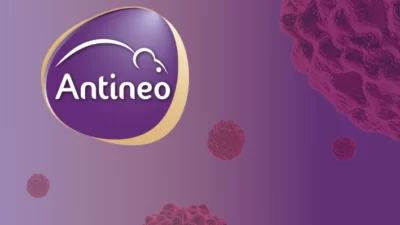 Antineo
Antineo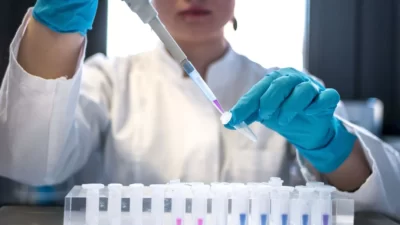 Preclinical services
Preclinical services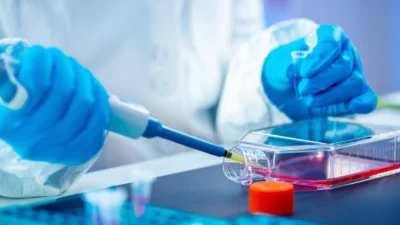 Tumour models
Tumour models Our Strengths
Our Strengths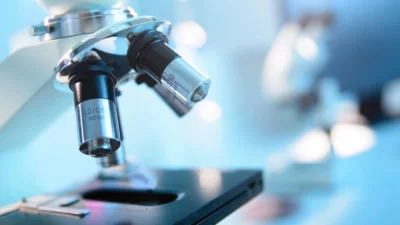 News & Events
News & Events